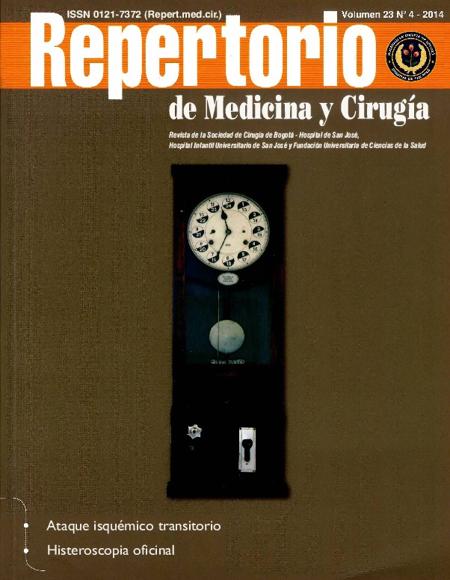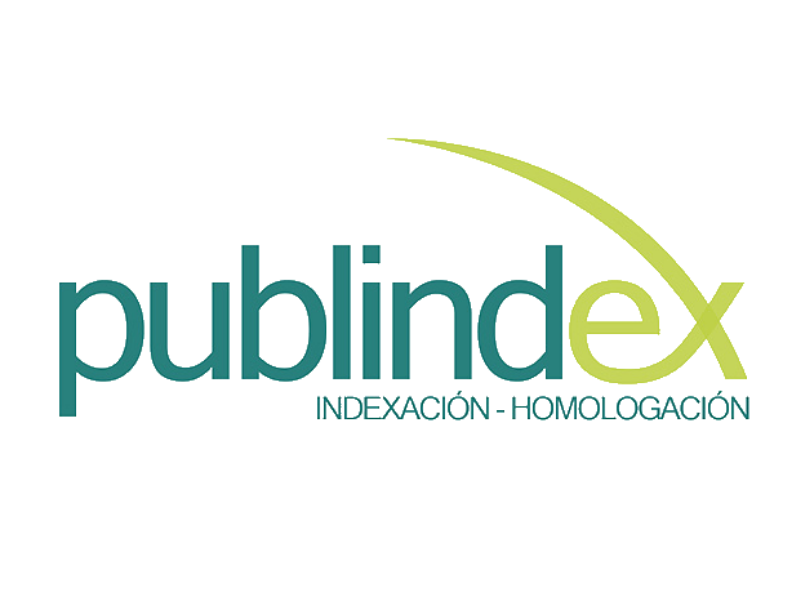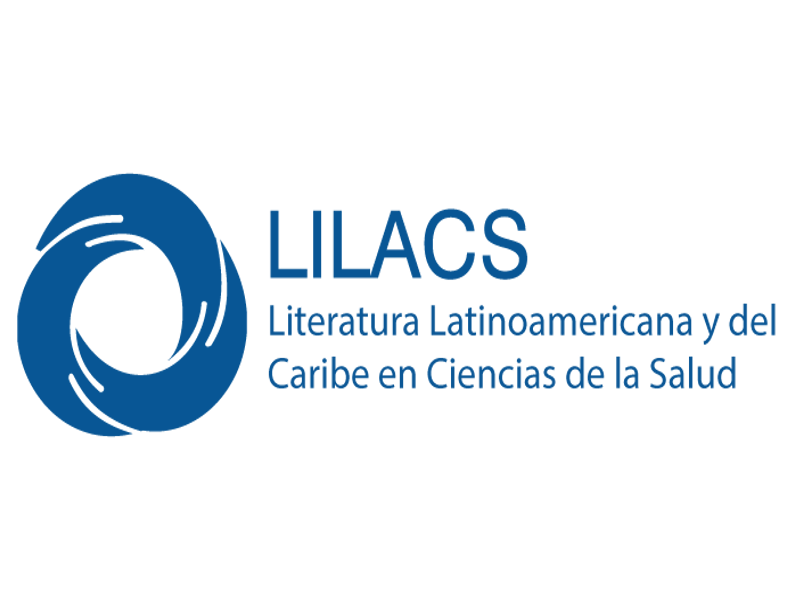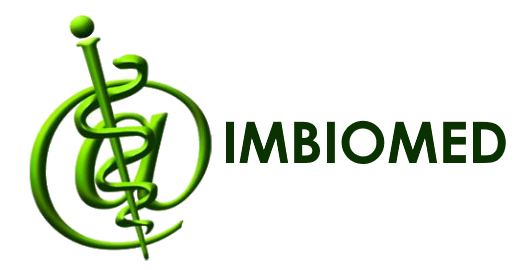Apnea del recién nacido pretérmino
Preterm newborn apnea
Cómo citar
Descargar cita
Esta obra está bajo una licencia internacional Creative Commons Atribución-NoComercial-CompartirIgual 4.0.
Mostrar biografía de los autores
La apnea del recién nacido pretérmino es una condición con alto riesgo de morbimortalidad es este grupo etario, es por ello que pediatras, neonatólogos, enfermeras, terapeutas y personal en general quienes identifican y de una u otra manera intervienen en la prevención y manejo de esta patología, se ven en la necesidad de permanecer en continua actualización. Se hace una revisión de la literatura acerca de la definición, diagnóstico y tratamiento actual que se puede y debe ofrecer al recién nacido pretérmino con apnea. Abreviaturas: RN, recién nacido; APNP, apnea del neonato prematuro.
Visitas del artículo 1008 | Visitas PDF 3687
Descargas
1. Zuñiga M. Informe del evento de mortalidad perinatal y neonatal tardia, hasta el periodo epídemiologico 12 del año 2012. Bogotá: Instituto Nacional de Salud; 2012.
2. Zhao J, Gonzalez F, Mu D. Apnea of prematurity: from cause to treatment. Eur J Pediatr. 2011 Sep;170(9):1097-105.
3. Robertson CM, Watt MJ, Dinu IA. Outcomes for the extremely premature infant: what is new? And where are we going?. Pediatr Neurol. 2009;40(3):189-96.
4. Stokowski LA. A primer on Apnea of prematurity. Adv Neonatal Care. 2005;5(3):155-70
5. Poets CF. Apnea of prematurity: What can observational studies tell us about pathophysiology?. Sleep Med. 2010;11(7):701-7.
6. Mathew OP. Apnea of prematurity: pathogenesis and management strategies. J Perinatol. 2011;31(5):302-10.
7. Martin RJ, Abu-Shaweesh JM, Baird TM. Pathophysiologic mechanisms underlying apnea of prematurity. NeoReviews. 2002;3(4):e59-e65.
8. Darnall RA. The role of CO(2) and central chemoreception in the control of breathing in the fetus and the neonate. Respir Physiol Neurobiol. 2010;173(3):201-12.
9. Baird TM. Clinical correlates, natural history and outcome of neonatal apnoea. Semin Neonatol. 2004;9(3):205-11.
10. Mercer JS, Erickson-Owens DA, Graves B, Haley MM. Evidence-based practices for the fetal to newborn transition. J Midwifery Womens Health. 2007;52(3):262-72.
11. Vento M, Asensi M, Sastre J, Lloret A, Garcia-Sala F, Vina J. Oxidative stress in asphyxiated term infants resuscitated with 100% oxygen. J Pediatr. 2003;142(3):240-6.
12. Gauda EB, McLemore GL, Tolosa J, Marston-Nelson J, Kwak D. Maturation of peripheral arterial chemoreceptors in relation to neonatal apnoea. Semin Neonatol. 2004;9(3):181-94.
13. Cardot V, Chardon K, Tourneux P, Micallef S, Stephan E, Leke A, et al. Ventilatory response to a hyperoxic test is related to the frequency of short apneic episodes in late preterm neonates. Pediatr Res. 2007;62(5):591-6.
14. Khan A, Qurashi M, Kwiatkowski K, Cates D, Rigatto H. Measurement of the CO2 apneic threshold in newborn infants: possible relevance for periodic breathing and apnea. J Appl Physiol. 2005; 98(4):1171-6.
15. Carlo WA, Martin RJ, Difiore JM. Differences in CO2 threshold of respiratory muscles in preterm infants. J Appl Physiol. 1988;65(6):2434-9.
16. Praud JP. Upper airway reflexes in response to gastric reflux. Paediatr Respir Rev. 2010;11(4):208-12.
17. Kelly BN, Huckabee ML, Jones RD, Frampton CM. Nutritive and non-nutritive swallowing apnea duration in term infants: implications for neural control mechanisms. Respir Physiol Neurobiol. 2006;154(3):372-8.
18. Martin RJ, Abu-Shaweesh JM, Baird TM. Apnoea of prematurity. Paediatr Respir Rev. 2004;5 Suppl A:S377-82.
19. Dreshaj IA, Haxhiu MA, Martin RJ. Role of the medullary raphe nuclei in the respiratory response to CO2. Respir Physiol. 1998;111(1):15-23.
20. Bloch-Salisbury E, Hall MH, Sharma P, Boyd T, Bednarek F, Paydarfar D. Heritability of apnea of prematurity: a retrospective twin study. Pediatrics. 2010;126(4):e779-87.
21. Lehtonen L, Martin RJ. Ontogeny of sleep and awake states in relation to breathing in preterm infants. Semin Neonatol. 2004;9(3):229-38.
22. Gerhardt T, Bancalari E. Apnea of prematurity: I. Lung function and regulation of breathing. Pediatrics. 1984;74(1):58-62.
23. Kamaluddeen M, Lodha A, Akierman A. Non-Rotavirus infection causing apnea in a neonate. Indian J Pediatr. 2009;76(10):1051-2.
24. Tourneux P, Cardot V, Museux N, Chardon K, Leke A, Telliez F, et al. Influence of thermal drive on central sleep apnea in the preterm neonate. Sleep. 2008;31(4):549-56.
25. Naik-Mathuria B, Chang S, Fitch ME, Westhoff J, Brandt ML, Ayres NA, et al. Patent ductus arteriosus ligation in neonates: preoperative predictors of poor postoperative outcomes. J Pediatr Surg. 2008;43(6):1100-5.
26. Tipnis NA, Tipnis SM. Controversies in the treatment of gastroesophageal reflux disease in preterm infants. Clin Perinatol. 2009;36(1):153-64.
27. Vialet R, Nau A. Effect of head posture on pediatric oropharyngeal structures: implications for airway management in infants and children. Curr Opin Anaesthesiol. 2009;22(3):396-9.
28. Thompson AM, Bizzarro MJ. Necrotizing enterocolitis in newborns: pathogenesis, prevention and management. Drugs. 2008;68(9):1227-38.
29. Eichenwald EC, Zupancic JA, Mao WY, Richardson DK, McCormick MC, Escobar GJ. Variation in diagnosis of apnea in moderately preterm infants predicts length of stay. Pediatrics. 2011;127(1):e53-8.
30. Eichenwald EC, Aina A, Stark AR. Apnea frequently persists beyond term gestation in infants delivered at 24 to 28 weeks. Pediatrics. 1997;100(3 Pt 1):354-9.
31. Hofstetter AO, Legnevall L, Herlenius E, Katz-Salamon M. Cardiorespiratory development in extremely preterm infants: vulnerability to infection and persistence of events beyond term-equivalent age. Acta Paediatr. 2008;97(3):285-92.
32. Ramanathan R, Corwin MJ, Hunt CE, Lister G, Tinsley LR, Baird T, et al. Cardiorespiratory events recorded on home monitors: Comparison of healthy infants with those at increased risk for SIDS. JAMA. 2001;285(17):2199-207.
33. Baquero Latorre H. Apnea de la prematurez. PRECOP. 2006;5(1):27-37.
34. Di Fiore JM, Arko MK, Miller MJ, Krauss A, Betkerur A, Zadell A, et al. Cardiorespiratory events in preterm infants referred for apnea monitoring studies. Pediatrics. 2001;108(6):1304-8.
35. Di Fiore JM, Walsh M, Wrage L, Rich W, Finer N, Carlo WA, et al. Low oxygen saturation target range is associated with increased incidence of intermittent hypoxemia. J Pediatr. 2012;161(6):1047-52.
36. Di Fiore JM, Bloom JN, Orge F, Schutt A, Schluchter M, Cheruvu VK, et al. A higher incidence of intermittent hypoxemic episodes is associated with severe retinopathy of prematurity. J Pediatr. 2010;157(1):69-73.
37. Osborn DA, Henderson-Smart DJ. Kinesthetic stimulation for treating apnea in preterm infants. Cochrane Database Syst Rev. 2000(2):CD000499.
38. Henderson-Smart DJ, Osborn DA. Kinesthetic stimulation for preventing apnea in preterm infants. Cochrane Database Syst Rev. 2000(2):CD000373.
39. Changing concepts of sudden infant death syndrome: implications for infant sleeping environment and sleep position. American Academy of Pediatrics. Task Force on Infant Sleep Position and Sudden Infant Death Syndrome. Pediatrics. 2000;105(3 Pt 1):650-6.
40. Jeffery HE, Megevand A, Page H. Why the prone position is a risk factor for sudden infant death syndrome. Pediatrics. 1999;104(2 Pt 1):263-9.
41. Keene DJ, Wimmer JE, Jr., Mathew OP. Does supine positioning increase apnea, bradycardia, and desaturation in preterm infants?. J Perinatol. 2000;20(1):17-20.
42. Henderson-Smart DJ, Steer P. Methylxanthine treatment for apnea in preterm infants. Cochrane Database Syst Rev. 2000(2):CD000140.
43. Comer AM, Perry CM, Figgitt DP. Caffeine citrate: a review of its use in apnoea of prematurity. Paediatr drugs. 2001;3(1):61-79.
44. Erenberg A, Leff RD, Haack DG, Mosdell KW, Hicks GM, Wynne BA. Caffeine citrate for the treatment of apnea of prematurity: a double-blind, placebo-controlled study. Pharmacotherapy. 2000;20(6):644-52.
45. Steer PA, Henderson-Smart DJ. Caffeine versus theophylline for apnea in preterm infants. Cochrane Database Syst Rev. 2000(2):CD000273.
46. American Academy of Pediatrics Committee on Drugs: Precautions concerning the use of theophylline. Pediatrics. 1992;89(4 Pt 2):781-3.
47. Hospital Británico. Departamento de Pediatría. Unidad Neonatal. Apnea del prematuro. Archiv Pediatr Urug. 2007;78:54-7.
48. Zagol K, Lake DE, Vergales B, Moorman ME, Paget-Brown A, Lee H, et al. Anemia, apnea of prematurity, and blood transfusions. J Pediatr. 2012;161(3):417-21 e1.
49. Lorch SA, Srinivasan L, Escobar GJ. Epidemiology of apnea and bradycardia resolution in premature infants. Pediatrics. 2011;128(2):e366-73.
50. American Academy of Pediatrics. Committee on Fetus and Newborn. Apnea, sudden infant death syndrome, and home monitoring. Pediatrics. 2003;111(4 Pt 1):914-7.













